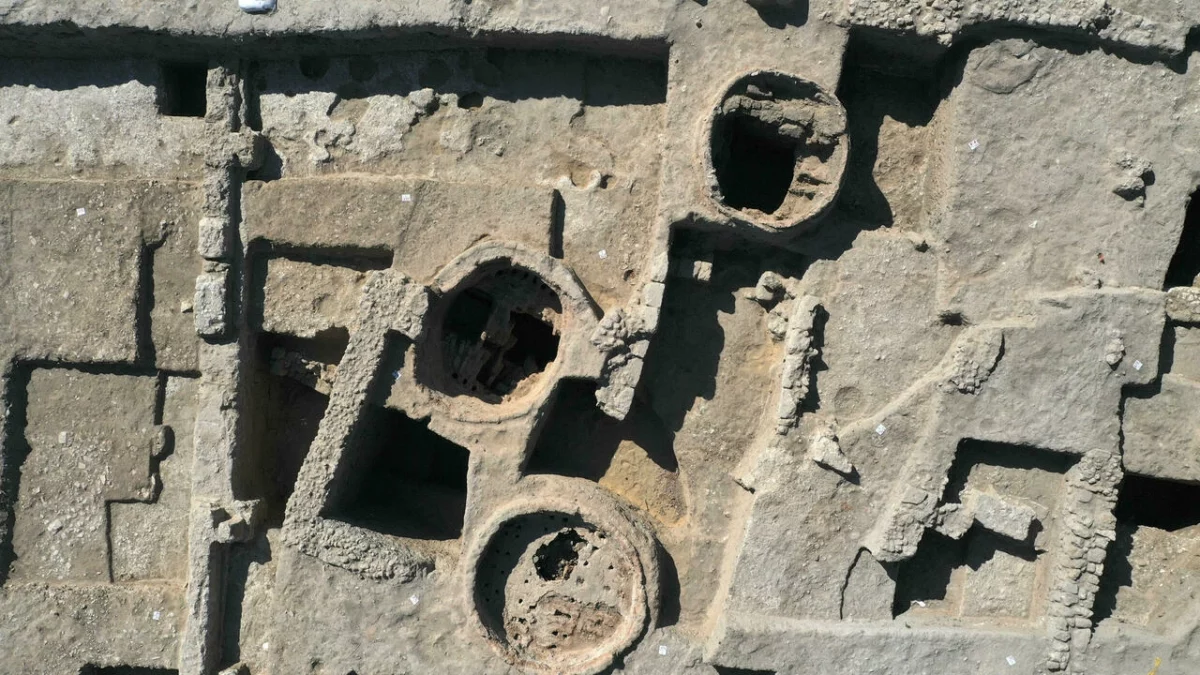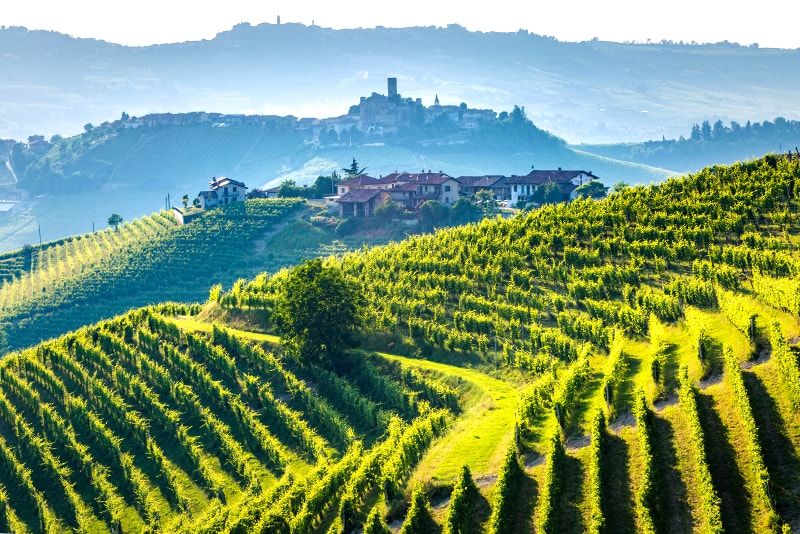The Beaujolais Nouveau sales campaign got off to a flying start this week, taking negociants by surprise! The trade expects prices to be capped at 250 euros/hectolitre for Beaujolais Nouveau and €270 /hl for Beaujolais Villages Nouveau, one operation launched this year’s ‘blitzkrieg’ with prices of €300 /hl for Villages primeurs.
As co-operative wineries began selling their wines, the campaign remained firmly on track at these launch prices. Initial market price lists issued by the Beaujolais wine marketing board show that the prices of Primeurs are in excess of €280 /hl for Beaujolais Nouveau and €300 /hl for Villages, an increase of 50 % compared to the ceiling price of €190 /hl which led to winegrower demonstrations last year. After the frost and mildew, “the crop is small and there is nothing to panic about”, said David Ratignier, chairman of the producers’ organisation, in a bid to put the hikes into perspective. He claims that “prices are not skyrocketing but increasing due to a small crop (barely 35 hl/ha for Beaujolais and 30 hl/ha for Villages). Constrained yields are compounded by lack of inventory and record sales”.
Compared to last year’s downward pressure on pricing, Olivier Richard, secretary of the Greater Burgundy wine brokers’ organization, claims “we’re going from one extreme to the other. I’ve never seen anything like it – a quota system for Primeurs. There are so few wines and so few unspoken-for volumes that even if the trade is reluctant to pay the prices, the ball is in the court of the winegrowers”.
#BeaujolaisNouveau #BeaujolaisNouveau2021 #Beaujolais #redwine #Frenchwine #madeinfrance #burgundy #winebusiness #winenews #BeaujolaisVillages #wineeconomics #instawine #winelovers #wine #gamay #vin #winetasting #winestagram #rhonealpes #destinationbeaujolais #rhone #vino

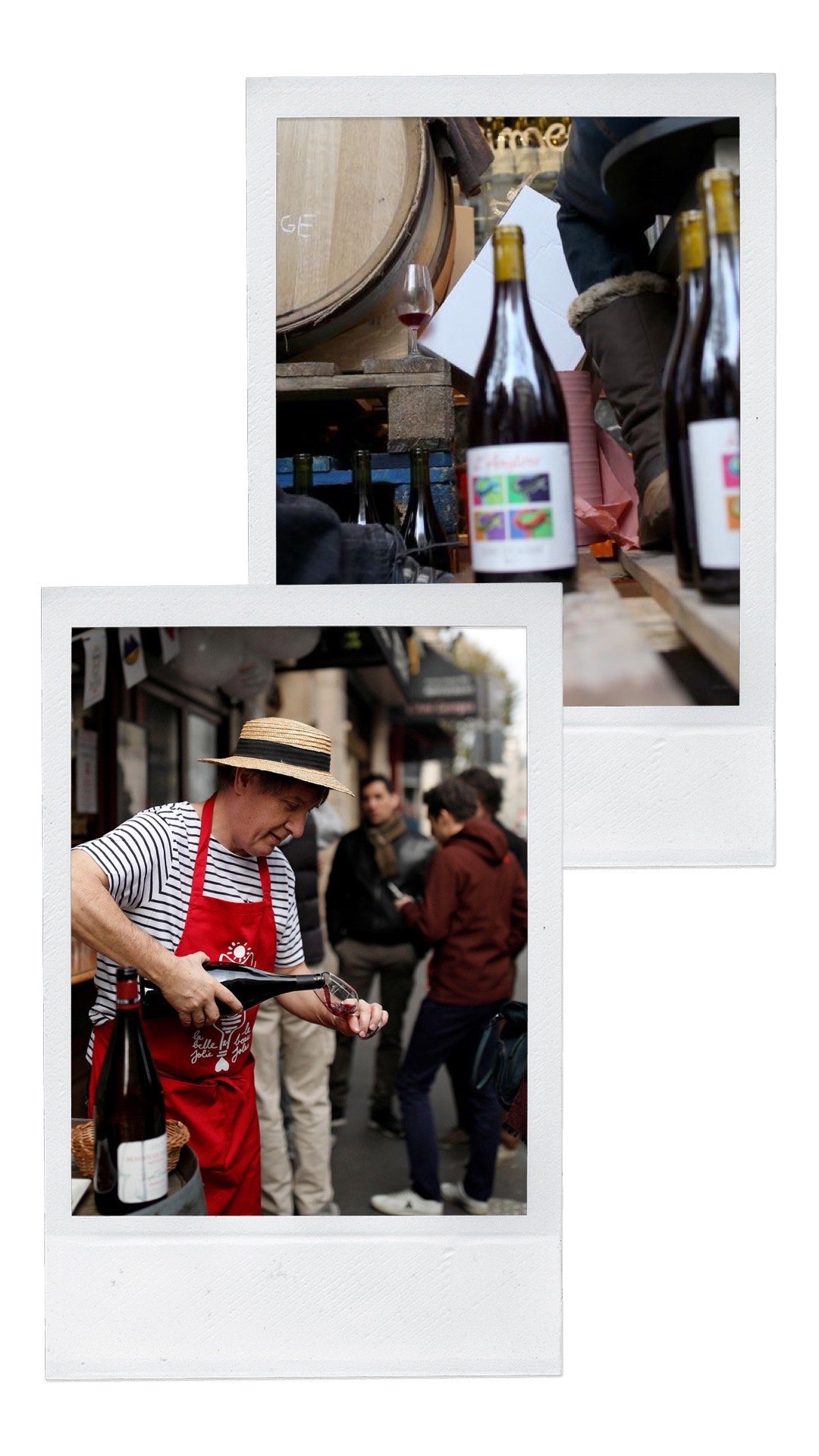
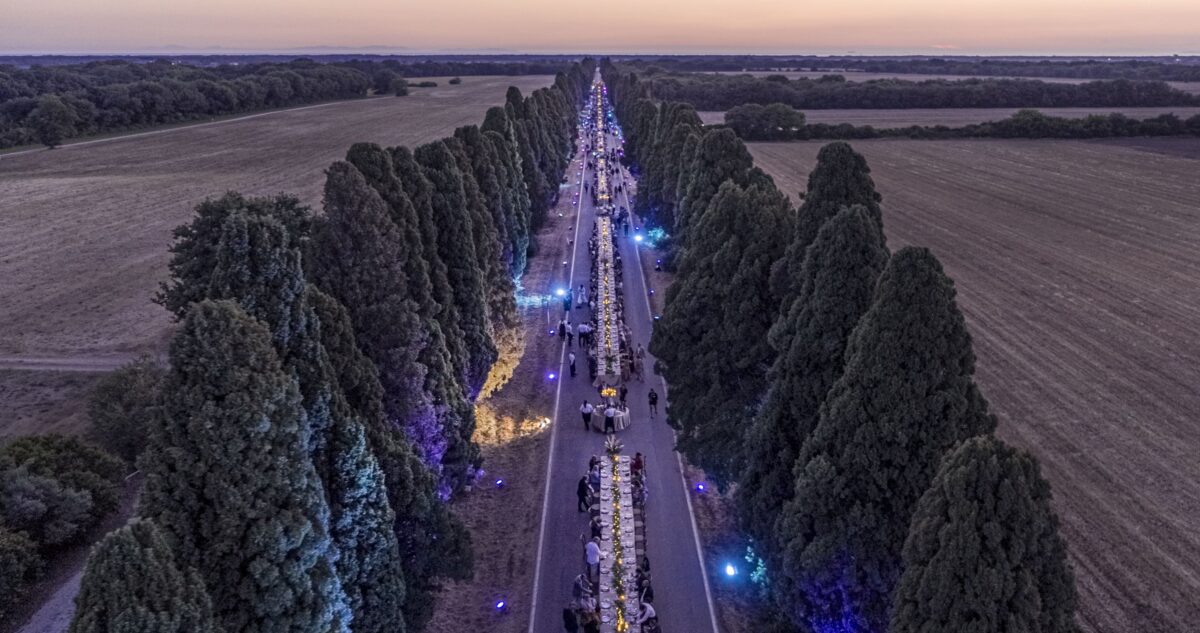


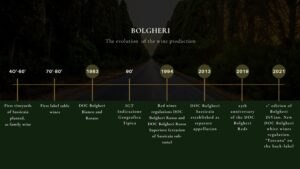
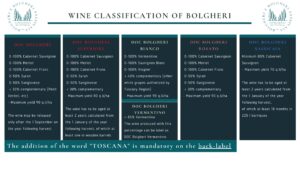
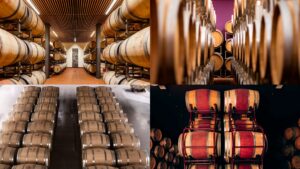 The diversification of the wineries, both in their own stories and their production, under the libertarian philosophy of the DOC cited above, permit the interpreters to tell their very personal interaction with the environment.
The diversification of the wineries, both in their own stories and their production, under the libertarian philosophy of the DOC cited above, permit the interpreters to tell their very personal interaction with the environment.
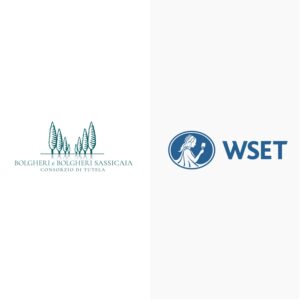 I’d like to proudly underline that the Consorzio per la Tutela dei Vini DOC Bolgheri e DOC Bolgheri Sassicaia has recently become the first-ever Italian appellation WSET Corporate Patron. I am sure this collaboration will bring a great value in terms of education and qualifications to inspire and empower all the actors of the Bolgheri wine territory.
I’d like to proudly underline that the Consorzio per la Tutela dei Vini DOC Bolgheri e DOC Bolgheri Sassicaia has recently become the first-ever Italian appellation WSET Corporate Patron. I am sure this collaboration will bring a great value in terms of education and qualifications to inspire and empower all the actors of the Bolgheri wine territory.